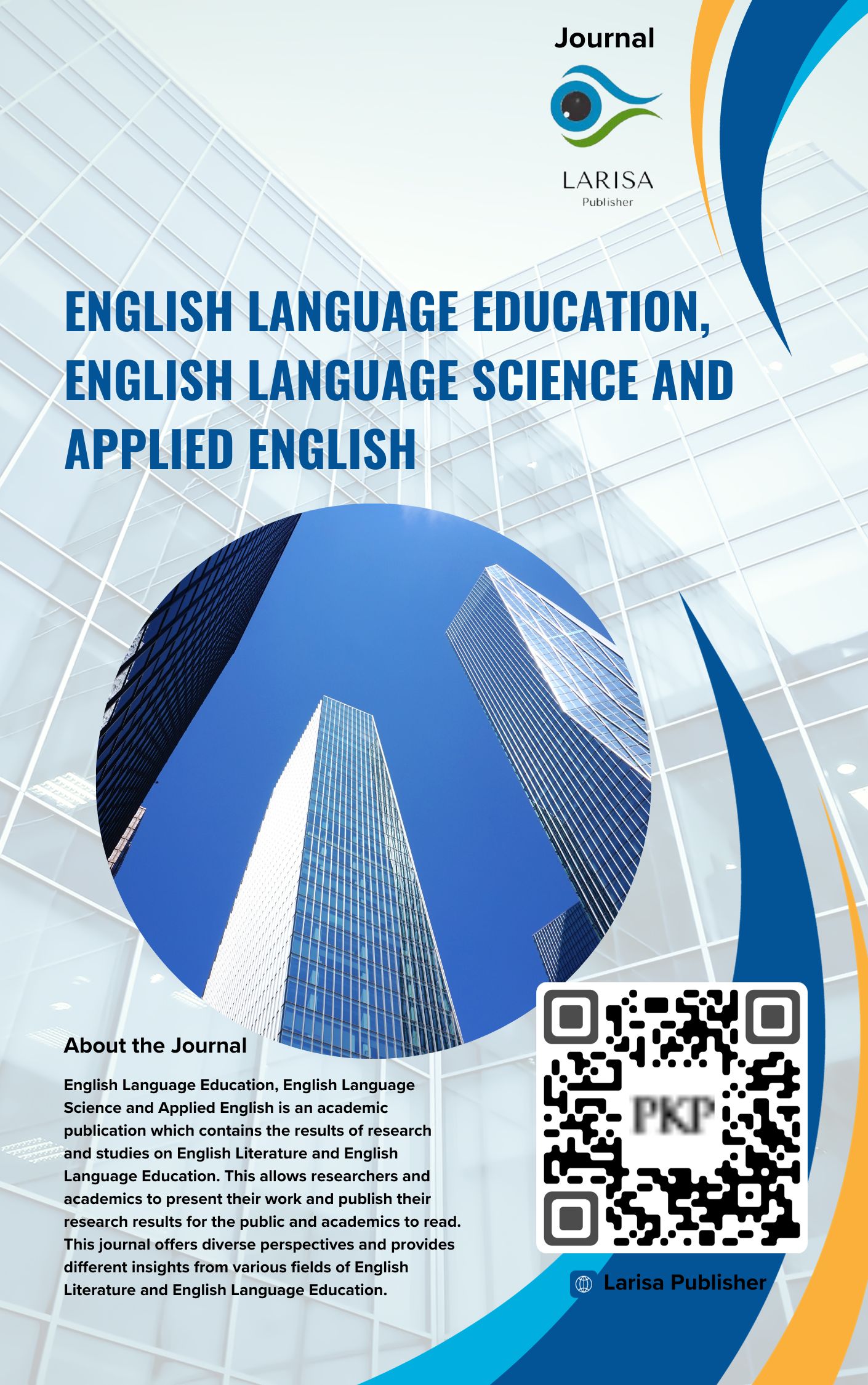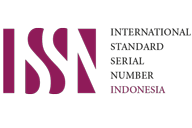The significance of cross-cultural comprehension in foreign language instruction within the Asian setting
Keywords:
foreign language, cross-culture, comunicationAbstract
Learning a foreign language not only teaches you vocabulary or grammar, but also helps you talk to other people directly. Therefore, mastering one's culture when learning a language is very important. Language learners must know about cultural understanding because each language reflects many types of culture. German and Indonesian are also the same. Poor communication can have negative impacts, especially when it comes to business collaborations and other partnerships. Therefore, teachers must teach students about the culture of the two languages to help them understand the differences between Indonesian and German culture. Previous studies on cultural differences in oral communication between Germans and Indonesians are the literature source for this research. In addition, observations and relevant reference research support the development of appropriate approaches to learning a foreign language. Students can understand cultural differences in various ways, according to literature study findings. Although some cultural knowledge must be learned in everyday life and in the classroom, other cultural knowledge
Downloads
References
Algeo, J. 2005. The Origins and Development of The English Language (6th ed.). United State: Wadsworth.
Birukou, A., Blanzieri, E., Giorgini, P. & Giunchiglia. 2009. A Formal Definition af Culture. (University of Trento, Povo, Italy). Retrieved from: http://citeseerx.ist.psu.edu/viewdoc/download?doi=10.1.1.154.872&rep=rep1&type=pdf
Cakir, I. 2006. Developing Cultural Awareness in Foreign Language Teaching. Turkish Online Journal of Distance Education. Retrieved from: http://dergipark.ulakbim.gov.tr/tojde/article/download/5000102833/5000095928
Culturwise’s Training Team. 2015. Understanding Cultural Awareness and Cross-Cultural Communication Skills. A Free E-Book.
Deutsch Lehren Lernen. 2013. Goethe Institut. Germany: Bonn.
Dulay, H., Burt, M., & Krashen, S. 1982. Language Two. Oxford: Oxford University Press.
Grant, C.A. & Lei, J. L. (2001). Global Construction of Multicultural Education: Theories And Realities. Mahwah, NJ: Lawrence Erlbaum Associates.
Indriwardhani, S. P. 2012. Strategi Komunikasi Mahasiswa Bahasa Jerman Fakultas Sastra UM Pada Matakuliah Konversation. Bahasa dan Seni, 40 (II), 235-245. Retrieved from: http://sastra.um.ac.id/wp-content/uploads/2012/08/9.-Sri-Premeswari.pdf
Lightbown, P. M. & Spada, N. 1999. How Languages are Learned. Oxford: Oxford University Press.
Manning, P.K & Cullum-Swan. B. 1994. Narrative, Content, and Semiotic Analysis. Thousand Oaks: Sage.
Parsons, T.W. 1962. Cross-Cultural Understanding: Another Look. US: Association for Supervision and Curriculum Development.
Pennycock, A. 2001. Critical Applied Linguistics: A Critical Introduction. London: Lawrence Erlbaum Associates.
Peterson, E. & Coltrane, B. 2003. Culture in Second Language Learning. Center for Applied Linguistics. Retrieved from: https://eclass.upatras.gr/modules/document/file.php/PDE1439/Culture%20in%20Second %20Language%20Teaching.pdf
Poedjosoedarmo, S. (2017). Language propriety in Javanese. Journal of Language and Literature, 17(1), 1 - 9. https://doi.org/10.24071/joll.2017.170101
Ratnasari, D. (2019). The importance of cross-cultural understanding in foreign language teaching in the asian context. Bahasa dan Seni: Jurnal Bahasa, Sastra, Seni, dan Pengajarannya, 46(2), 124-131. https://doi.org/10.17977/um015v46i22018p124
Rondiyah, A. A., Wardani, N. E., & Saddhono, K. (2017). Pembelajaran sastra melalui bahasa dan budaya untuk meningkatkan pendidikan karakter kebangsaan di era MEA (Masyarakat Ekonomi Asean). In Proceedings Education and Language International Conference (pp 141-147). Semarang, Indonesia: Fakultas Keguruan dan Ilmu Pendidikan, Universitas Sultan Agung.
Ross, K. G & Thomson, C.A. 2008. Toward an Operational Definition of Cross-Cultural Competence from Interview Data. Florida: University of Central Florida.
Saville-Troike, M. 2006. Introducing Second Language Acquisition. Cambridge: Cambridge University Press.
Sinagatullin, I. M. 2003. Constructing Multicultural Education in a Diverse Society. London: The Scarecrow Press, Inc.
Spencer-Oatey. 2012. What is Culture? a Compilation of Quotations. Retrieved from: http://www2.warwick.ac.uk/fac/soc/al/globalpad/openhouse/interculturalskills/global_pa d_-_what_is_culture.pdf
Sugirin. 2009. Cross-Cultural Understanding: What Every EFL Teacher Should Know. Yogyakarta: FS UNY.
Schroeder, J., Risen, J. L., Gino, F., & Norton, M. I. (2019). Handshaking promotes dealmaking by signaling cooperative intent. Journal of personality and social psychology, 116(5), 743. https://doi.org/10.1037/pspi0000157
Schulz, R. A. (2007). The challenge of assessing cultural understanding in the context of foreign language instruction. Foreign language annals, 40(1), 9-26. https://doi.org/10.1111/j.1944-9720.2007.tb02851.x
Scott, H., Batten, J. P., & Kuhn, G. (2019). Why are you looking at me? It‟s because I‟m talking, but mostly because I‟m staring or not doing much. Attention, Perception, & Psychophysics, 81(1), 109-118. https://doi.org/10.3758/s13414-018-1588-6
Tobing, M. M. (2016). Kosmopolitanisme dalam setting proksemik antarbudaya (studi pada alumni kelas khusus internasional di Australia). In Prosiding Konferensi Nasional Komunikasi Ikatan Sarjana Komunikasi Indonesia (pp. 1-11). Makassar, Indonesia: Ikatan Sarjana Komunikasi Indonesia.
Tanaka, S. 2006. English and Multiculturalism – from The Language User’s Perspective, RELC Journal, 37 (I), 47-66.
The Writing Center. 2012. Literature Reviews. CA: UNC.
Tomkova, I. 2007. Landeskunde und ihre stellung in lehrwerken für Deutsch. (Bachelor thesis, Masarykova University, Brno, Russia). Retrieved from: http://is.muni.cz/th/183850/pedf_m/Diplomova_prace.pdf
Velentzas, J. O. H. N., & Broni, G. (2014). Communication cycle: Definition, process, models and examples. In Prosiding Recent advances in financial planning and product development, (pp. 117-131). Istanbul, Turki: North Atlantic University Union.
Wijayati, P. H. 2009. Evaluasi Penyampaian Pesan dalam Komunikasi. Bahasa dan Seni, 37 (II), 158-169. Retrieved from: http://sastra.um.ac.id/wp-content/uploads/2012/01/5- Primardiana.docx.pd
Downloads
Published
Issue
Section
License

This work is licensed under a Creative Commons Attribution-ShareAlike 4.0 International License.
Licence
Creative Commons license
The journal is published by English Language Education, English Language Science and Applied English licensed under a Creative Commons Attribution-ShareAlike 4.0 International License
You are free to:
Share — copy and redistribute the material in any media or format
Adapt — remix, transform, and develop material for any purpose, even commercially
Under the following conditions:
Attribution — You must give appropriate credit, provide a link to the license, and indicate if any changes have been made. You may do so in any reasonable way, but not in any way that would imply that the licensor endorses you or your use.
Share Alike — If you mix, modify, or build upon the material, you must distribute your contributions under the same license as the original
No additional restrictions — You may not apply legal provisions or technological measures that legally restrict others from doing anything the license permits














